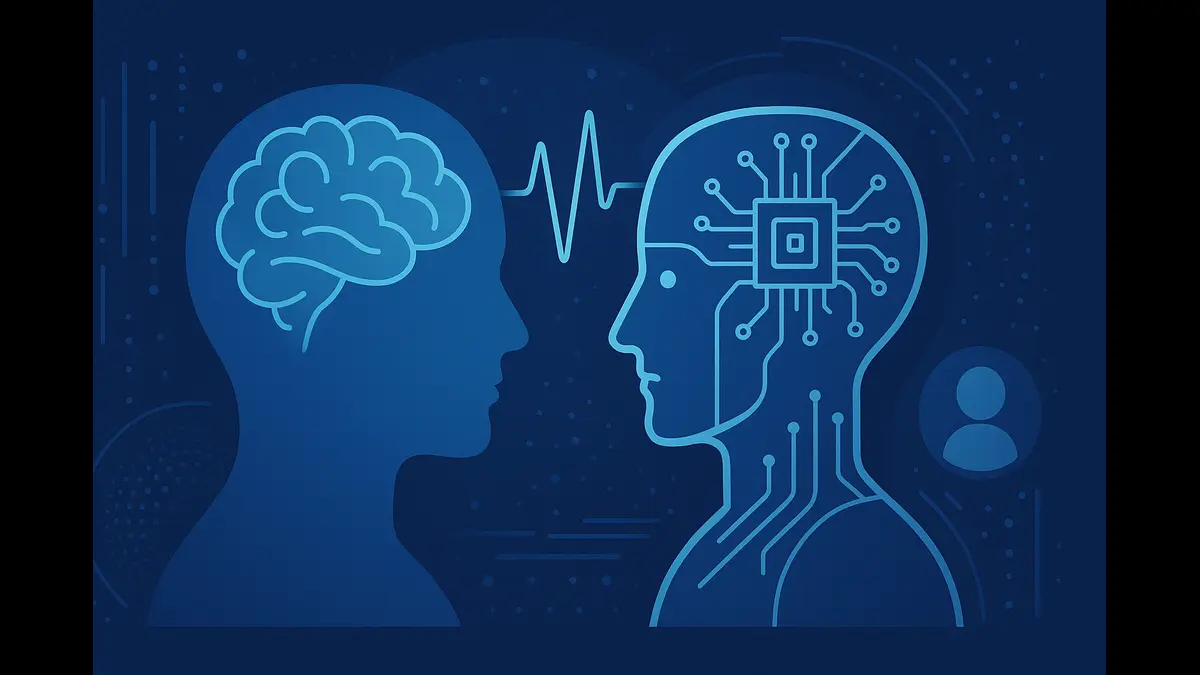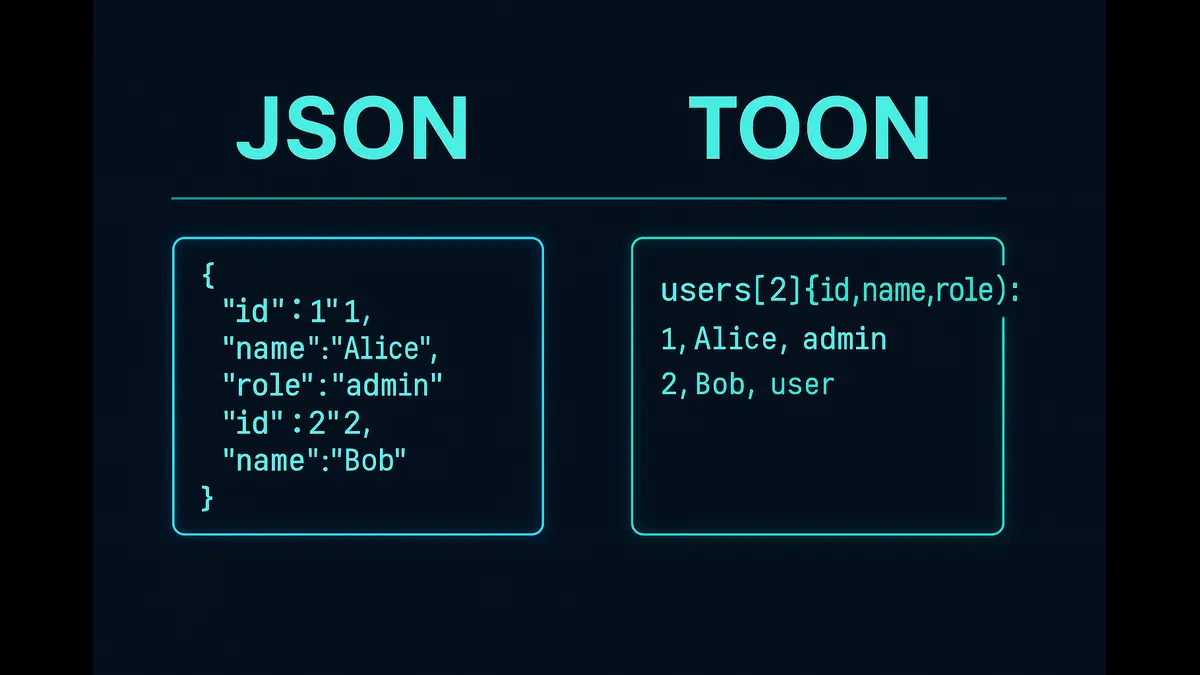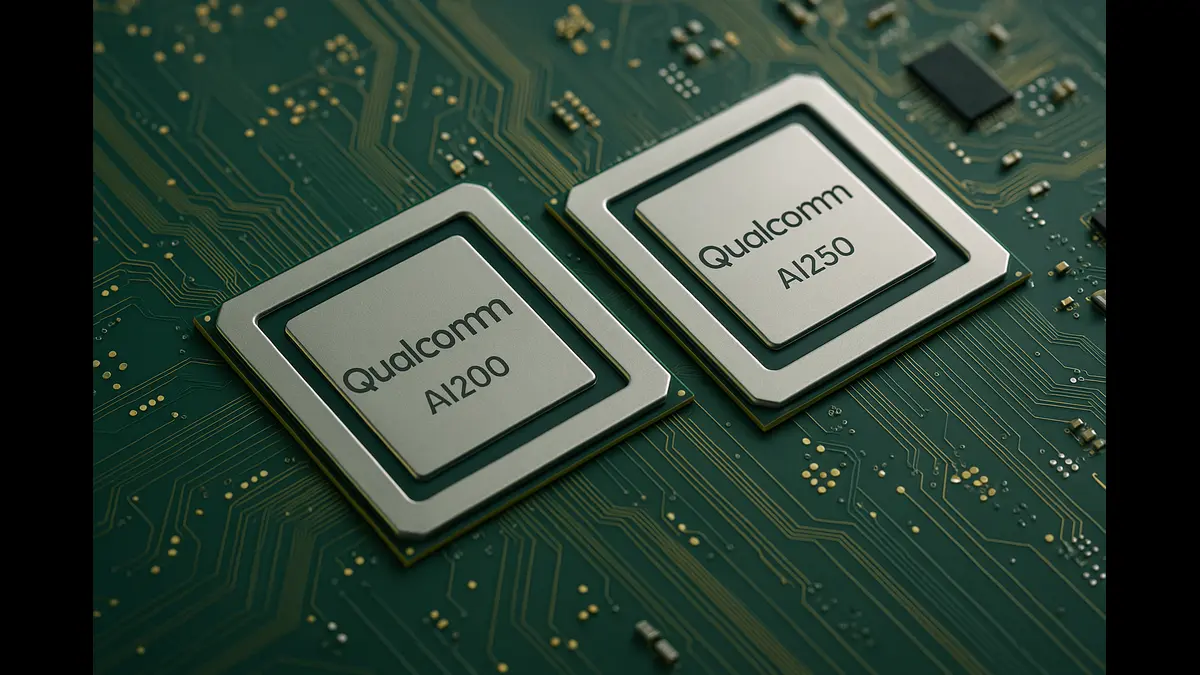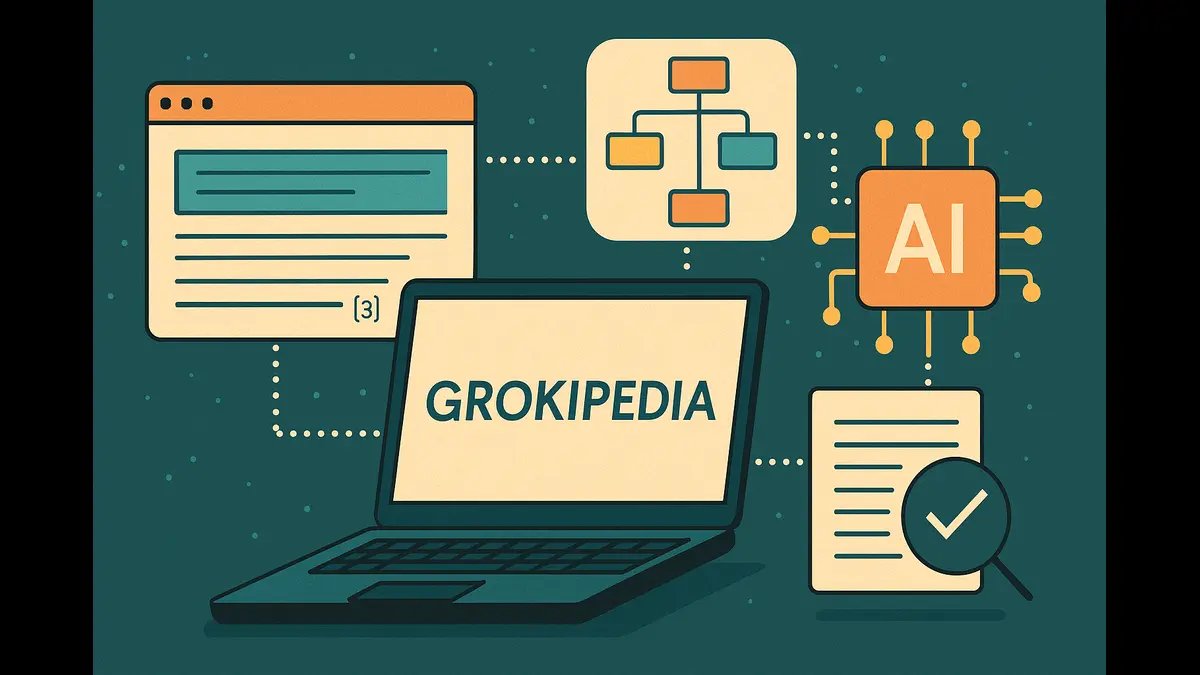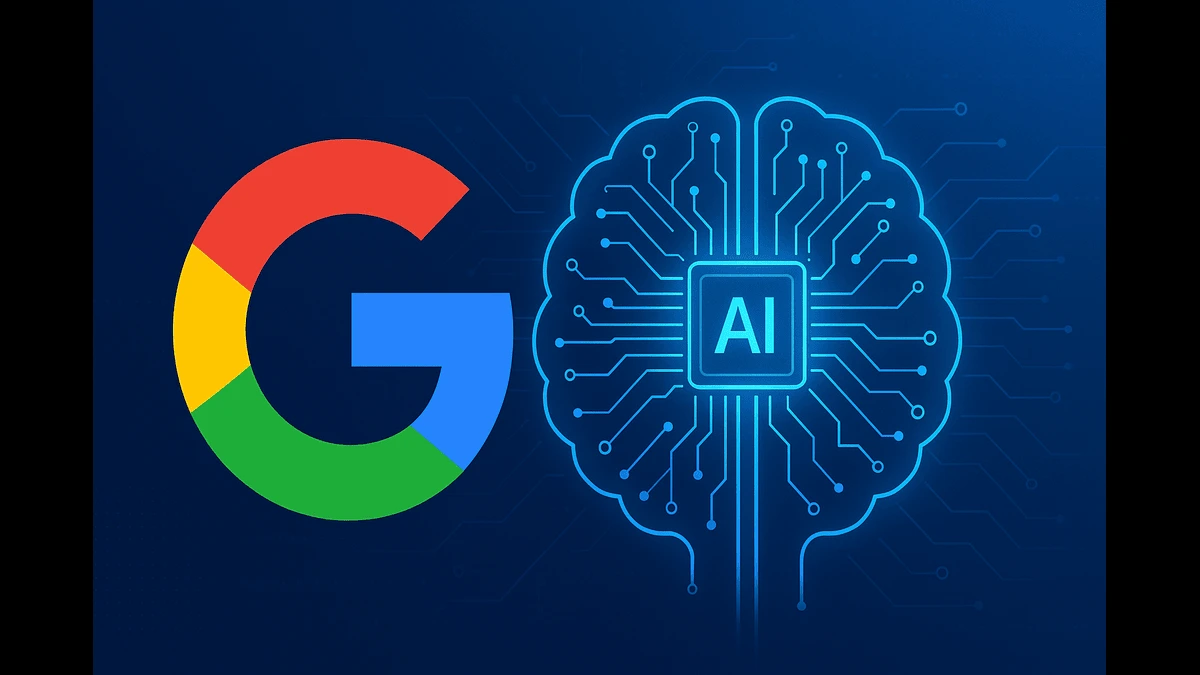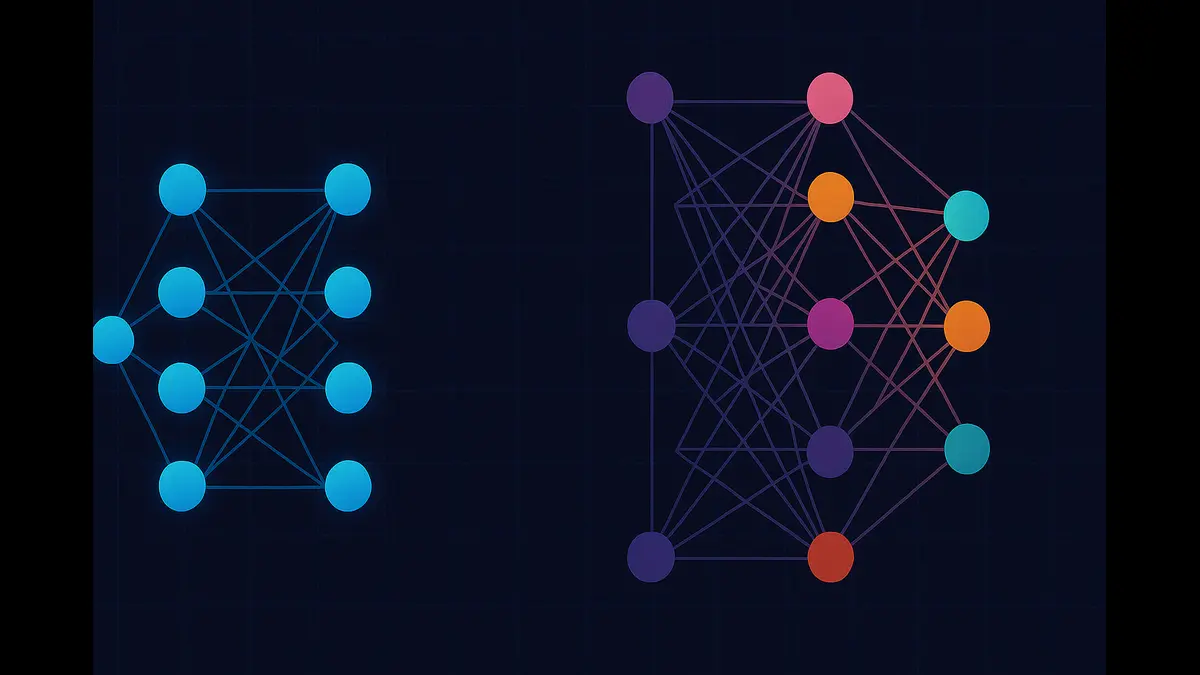
Quantization has shifted from a niche optimization to a core pillar of AI infrastructure—those who master it will shape the economics of LLM deployment in the years ahead.
In an era where artificial intelligence drives business innovation, the ability to deploy large language models efficiently has become a competitive necessity. Quantization, the process of reducing the precision of model parameters to lower bit widths, plays a pivotal role in making these models accessible. By 2025, with inference costs soaring and deployment on diverse hardware—from cloud servers to edge devices—demanding optimization, quantization addresses key challenges in speed, memory usage, and energy consumption.
This technique has evolved from traditional float32 representations to more compact formats like float16, and further to integer-based int8 and int4, enabling broader adoption across industries.
The push for quantization stems from the exponential growth in model sizes. Models like LLaMA 3 with 70 billion parameters or larger equivalents require substantial resources for operation. As organizations seek to integrate AI into real-time applications, such as customer service chatbots or predictive analytics, quantization reduces the computational footprint without necessitating a complete overhaul of infrastructure. This evolution reflects a broader trend: innovation driven by necessity, where hardware constraints and economic pressures foster techniques that balance performance with practicality.
Core Principles of Quantization
At its foundation, quantization involves mapping high-precision floating-point numbers to lower-precision integers or reduced floats, thereby compressing the model and accelerating inference. This reduction in precision saves memory and boosts computation speed, as lower-bit operations are faster on modern hardware. For instance, shifting from 32-bit floats to 8-bit integers can halve memory requirements while potentially doubling throughput on compatible processors.
However, this comes with trade-offs. Memory savings often correlate with a potential drop in accuracy, as nuanced information in the original parameters may be lost during rounding. The extent of this loss depends on where quantization is applied: weights (model parameters), activations (intermediate outputs during inference), or gradients (used in training). Weight quantization is common for deployment, while activation quantization further optimizes runtime efficiency but risks amplifying errors in complex computations.
Quantization methods fall into two categories: static and dynamic. Static quantization applies fixed scales and zero points across the model, computed offline from calibration data, offering predictability for deployment. Dynamic quantization, conversely, adjusts these values on-the-fly during inference, providing flexibility at the cost of slight overhead. These principles underpin the deployment of AI in resource-limited environments, ensuring models remain viable for businesses operating at scale.
Key Quantization Approaches
QLoRA (Quantized Low-Rank Adaptation)
QLoRA combines 4-bit quantization with Low-Rank Adaptation (LoRA) to enable efficient fine-tuning of large models. By freezing the base model in 4-bit precision and training lightweight adapters, it minimizes memory demands while preserving performance. This approach has become a benchmark for consumer-grade fine-tuning, allowing individuals and small teams to customize models without enterprise-level hardware.
For example, fine-tuning a 70B-parameter model like LLaMA 3 is feasible on a single A100 GPU, which typically has 80GB of memory. Benchmarks show QLoRA reduces memory footprint by up to 79% compared to full 16-bit fine-tuning, with training speeds improved by 2-3 times due to reduced data movement. Accuracy retention is high, often exceeding 95% of the original model’s performance on tasks like instruction following, as demonstrated in evaluations on datasets such as Vicuna. These results highlight QLoRA’s role in democratizing AI customization for sectors like healthcare, where tailored models analyze patient data efficiently.
GPTQ (Gradient Post-Training Quantization)
GPTQ focuses on post-training quantization of weights, using approximate second-order information to minimize accuracy loss without retraining. It processes models layer by layer, making it suitable for one-shot compression after initial training. Strengths include straightforward deployment, as no additional data or fine-tuning is required, enabling quick integration into production pipelines.
However, GPTQ primarily targets weights and does not compress activations, which can limit inference gains on hardware sensitive to activation overhead. Benchmarks on models like Llama-3.1-8B show it quantizes to 4 bits with -1.26% average accuracy drop, achieving up to 3x speedups on high-end GPUs like the NVIDIA A100. This makes GPTQ ideal for businesses prioritizing rapid rollout, though its limitations in activation handling may necessitate hybrid use in dynamic environments.
AWQ (Activation-aware Weight Quantization)
AWQ adopts a hybrid strategy, factoring in both weight and activation distributions to enhance stability, particularly for INT4 inference. By protecting salient weights based on activation patterns, it reduces quantization errors in critical channels. This method has gained traction in 2025 for multi-modal models, where text and vision data intersect, as it maintains fidelity across modalities without overfitting to calibration sets.
Benefits include over 1.45x speedups compared to GPTQ on mobile GPUs for 4-bit models, with benchmarks on Llama-2-7B showing better perplexity scores and -1.27% average accuracy drop. AWQ’s focus on generalization supports applications in e-commerce, where models process diverse inputs like product descriptions and images.
Benchmarking & Trade-Offs
To evaluate these methods, consider the following table summarizing key metrics for popular techniques on selected models (data derived from 2025 benchmarks):
| Method | Memory Savings (%) | Accuracy Delta (%) | Speedup (×) | Ease of Implementation |
|---|---|---|---|---|
| QLoRA | 60–75 | -1 to -5 | 2–3 | High (LoRA integration) |
| GPTQ | 50–70 | -0.5 to -2 | 3–4.5 | Medium (post-training) |
| AWQ | 60–80 | -1 to -3 | 3+ | High (activation-aware) |
| SmoothQuant | ~50 | ~-0.5 | 1.5–2 | Medium (training-free) |
On LLaMA 3 8B, QLoRA retains 98% accuracy with 75% memory reduction; for 70B, GPTQ achieves 3.25x speedup on A100 GPUs. Mistral 7B sees AWQ excel in INT4 stability, while Mixtral benefits from SmoothQuant’s balancing, maintaining perplexity close to FP16 baselines. Trade-offs manifest in latency versus perplexity: lower bits accelerate inference but may increase errors in reasoning tasks.
Perplexity is a measure of how well a language model predicts the next word in a sequence. Lower perplexity means the model is more confident and accurate. In quantization, keeping perplexity close to the original (FP16, i.e., 16-bit floating-point precision) value indicates minimal performance loss.
Emerging Quantization Trends – 2025
As AI models grow in complexity and scale, the demand for innovative quantization techniques intensifies, driven by the need to optimize performance across diverse hardware ecosystems. In 2025, new methods are pushing boundaries, offering enhanced efficiency for both training and inference while maintaining model quality. These advancements are critical for enterprises aiming to deploy trillion-parameter models or operate AI on resource-constrained edge devices.
SmoothQuant balances weights and activations for effective INT8 quantization by smoothing outliers, enabling 1.56x speedups and 2x memory reductions on models like OPT and BLOOM with minimal accuracy loss. ZeroQuant, in its iterations, supports fully quantized training pipelines, compressing BERT and GPT-3-style models to INT8 with up to 5x efficiency gains.
FP8 training emerges for high-performance computing, reducing memory by 18% in LLM training on platforms like Amazon SageMaker P5 instances. Cross-layer and mixed-precision approaches allow variable bit widths per layer, optimizing for specific tasks.
Quantization in Real-World Deployment
In 2025, deploying large language models in production demands efficiency and scalability, whether powering cloud-based services or edge devices. Frameworks like vLLM and TensorRT-LLM have become cornerstones for quantized model serving, enabling businesses to meet high-throughput demands while minimizing resource costs. A case study on vLLM with AWQ-quantized LLaMA 3 demonstrates 2x throughput improvements in cloud environments, integrating seamlessly with batching and KV-cache for reduced latency. The integration flow involves: loading quantized weights into the inference runtime for memory-efficient processing; batched token streaming with KV-cache to handle multiple queries concurrently; and optional speculative decoding, where smaller models generate prefix tokens to predict and verify outputs faster, boosting throughput.
On edge devices like NVIDIA Jetson or Raspberry Pi, INT4 models reduce power consumption by up to 50%, enabling applications like real-time voice assistants or IoT analytics. In cloud GPUs, speculative decoding paired with quantization supports high-volume query processing, as seen in e-commerce platforms handling thousands of requests per minute for personalized recommendations. These advancements make quantization a linchpin for scalable AI deployment across diverse environments.
Challenges & Open Problems
Despite some progress, challenges persist. Maintaining accuracy in reasoning-heavy tasks, such as mathematical proofs, remains difficult, with int4 models showing up to 10% drops in benchmarks. Quantizing multi-modal embeddings risks fidelity loss in vision-language models. Training costs for quantization-aware methods can be prohibitive, and compatibility with acceleration frameworks like TensorRT varies, requiring custom integrations.
The Road Ahead
As models approach trillion parameters, quantization will adapt through INT2 and sub-2-bit research, leveraging lattice theory insights from studies linking GPTQ to Babai’s algorithm. Hardware innovations, including FP8 GPUs and RISC-V accelerators, support these trends, enhancing efficiency in high-performance setups.
Decision Matrix:
| Goal | Best Choice | Why |
|---|---|---|
| Fine-tuning on low VRAM | QLoRA | Preserves performance, enables 4-bit adapter tuning |
| Post-training quick deployment | GPTQ | One-shot compression, no retraining |
| Stable INT4 multi-modal | AWQ | Protects critical channels based on activation patterns |
| INT8 edge deployment | SmoothQuant | Balances weight/activation, great for edge hardware |
Discover more from Poniak Times
Subscribe to get the latest posts sent to your email.

